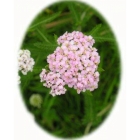 | ||
Perfect for pollinators Yarrow -achilla millefolium – is an ideal general-purpose meadow plant that is adaptable to most soil types and has a wide range of habitats. In gardens it is a perfect plant to include in a summer meadow or flowerting lawn where it competes well with other plants and grasses. Yarrow will attract many insects such as Bees, Butterflies and Ladybirds. Plants have attractive feathery foliage and produce cream or pink flowers from June to August. Yarrow looks best growing with other meadow plants that flower in high summer such as Oxeye daisies, Knapweeds, Mallows, Meadow Cranesbill and Scabious. Yarrow has many alternative names including dog daisy, fernweed, bad man`s plaything, bloodwort, carpenter`s weed, devil`s nettle, carpenter`s grass, soldier`s woundwort, squirrel tail, staunch grass, staunch weed, thousand-weed, and yarroway. How to grow Yarrow Seeds Yarrow seeds should be sown in spring or autumn, either outside, where they are to flower, or in seed trays and covered very lightly with compost. Yarrow seeds are usually easy to germinate and the seedlings, which are quick to develop, can be pricked out and grown on, for planting out later in the year. RHS Perfect for Pollinators. The RHS Perfect for Pollinators mark is only given to plants that support pollinating insects in gardens. Bees, butterflies, moths, hoverflies and many others visit flowers to feed on nectar and pollen; while doing so they transfer pollen and increase seed set and fruit development. Find out more at: rhs.org.uk/plants To discover more plants for Bees, simply enter the word "pollinators" into the search box above. To buy Yarrow seeds To purchase Yarrow seeds, please select a quantity above and click add to cart. To ensure the best chance of success, we sell all of our wildflower seeds by weight, which ensures each wildflower seed packet contains a good quantity of seeds. The recommended sowing rate is 1 gram per square metre, and the number of Yarrow seeds per gram is approx. 6000. All of our Wildflower seed packets contain seeds of Native British provenance. Summary type - perennial, colour - White or Cream, height - 25 to 75cms, flowering months - June, July, August, habitat - Semi-Shade (Orchards, Hedgerow, Banks, Open Woodland), Moist Grassland (Clay, Loams), Dry Grassland (clay, loam), Very dry Sandy Soil, Very Acidic Soil (Peats, Heaths), Chalk and Limestone Grassland, Bare, Open Ground (eg Arable field margins, disturbed, waste ground), Attracts Butterflies | ||
Printed 12/07/2025 11:15:11
st1_1 type perennial colour white or cream height 25 to 75cms flowers june july august habitat semi shade orchards hedgerow banks open woodland moist grassland clay loams dry grassland clay loam very dry sandy soil very acidic soil peats heaths chalk and limestone grassland bare open ground eg arable field margins disturbed waste ground attracts butterflies rhs perfect for pollinators pollinating insects bees butterflies moths hoverflies
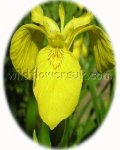
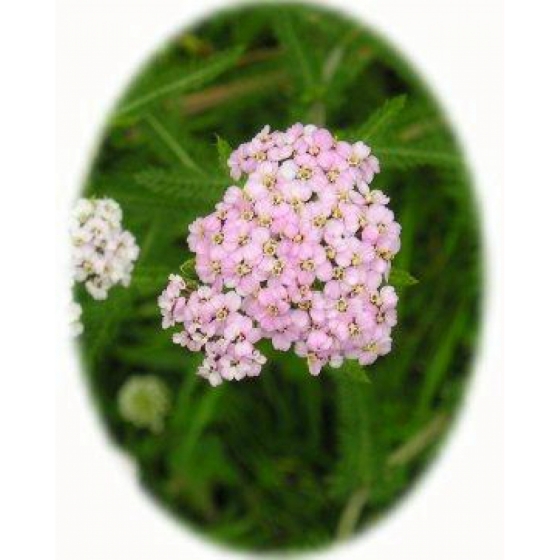
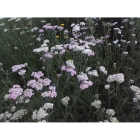
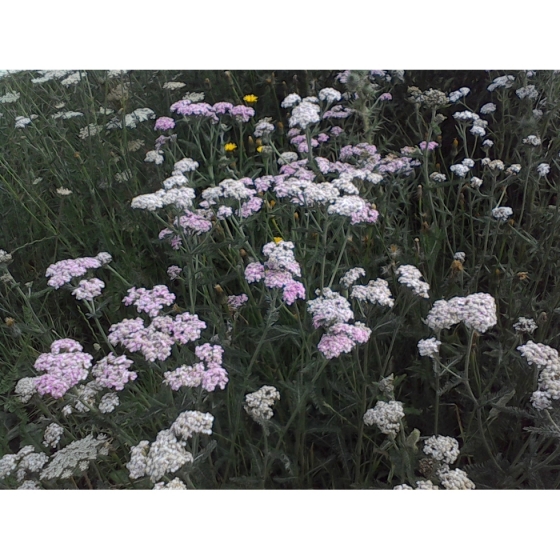



 added to basket
added to basket